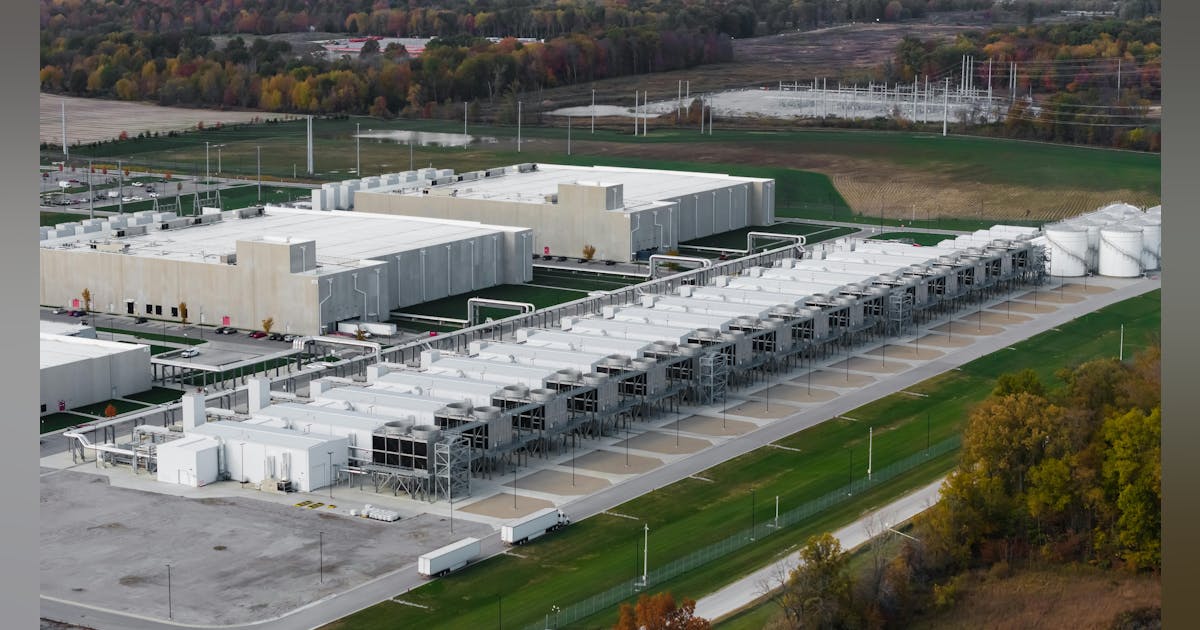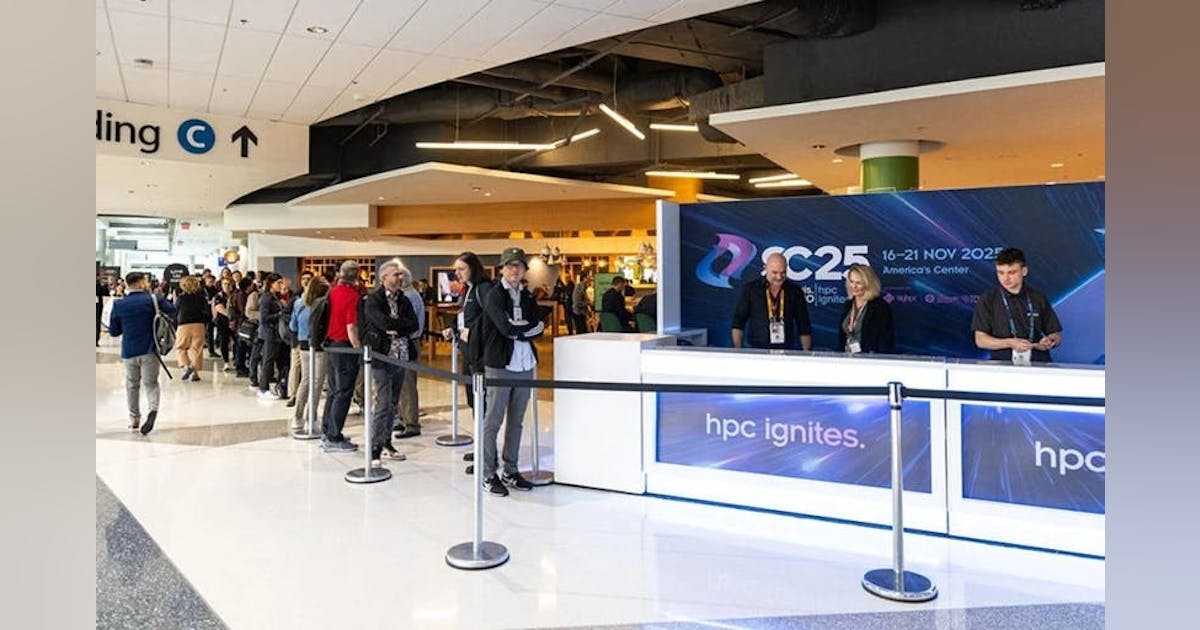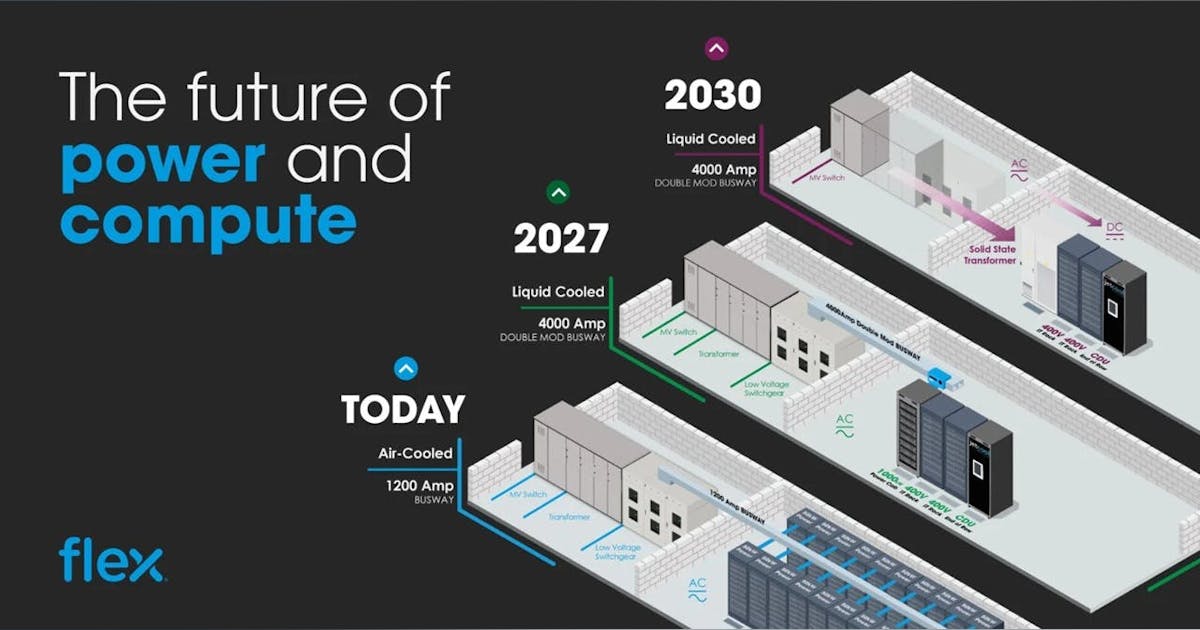
Julianne Malveaux is an MIT-educated economist, author, educator and political commentator who has written extensively about the critical relationship between public policy, corporate accountability and social equity.
The rapid expansion of data centers across the U.S. is not only reshaping the digital economy but also threatening to overwhelm our energy infrastructure. These data centers aren’t just heavy on processing power — they’re heavy on our shared energy infrastructure. For Americans, this could mean serious sticker shock when it comes to their energy bills.
Across the country, many households are already feeling the pinch as utilities ramp up investments in costly new infrastructure to power these data centers. With costs almost certain to rise as more data centers come online, state policymakers and energy companies must act now to protect consumers. We need new policies that ensure the cost of these projects is carried by the wealthy big tech companies that profit from them, not by regular energy consumers such as family households and small businesses.
According to an analysis from consulting firm Bain & Co., data centers could require more than $2 trillion in new energy resources globally, with U.S. demand alone potentially outpacing supply in the next few years. This unprecedented growth is fueled by the expansion of generative AI, cloud computing and other tech innovations that require massive computing power. Bain’s analysis warns that, to meet this energy demand, U.S. utilities may need to boost annual generation capacity by as much as 26% by 2028 — a staggering jump compared to the 5% yearly increases of the past two decades.
This poses a threat to energy affordability and reliability for millions of Americans. Bain’s research estimates that capital investments required to meet data center needs could incrementally raise consumer bills by 1% each year through 2032. That increase may seem small at first, but it can add up quickly for households already struggling with high energy prices. As utilities attempt to pay for these upgrades, the burden could fall on consumers’ shoulders unless policies are enacted to make the tech companies driving this demand handle the costs.
One example comes from Ohio, where the boom in data centers means central Ohio is on track to use as much power as Manhattan by 2030. There, the state’s largest energy company, American Electric Power, has proposed a new rate structure for data centers that requires them to pay at least 85% of their predicted energy demand every month, even if they use less, to ensure the utility won’t need to pass off costs for expanded infrastructure to consumers.
States could also consider passing legislation to impose a temporary tax on new high-usage energy consumers, like data centers, cryptocurrency miners and chip manufacturing facilities. Those tax dollars could go directly into an energy relief fund, which could be used to offset increased energy costs for current consumers, either through a tax rebate or by funding the construction and maintenance of new infrastructure, so those costs aren’t passed down to consumers in the first place.
There’s opportunity here, too, for policymakers, utilities and data centers to join forces and help drive the clean energy revolution. Policymakers could provide incentives for data centers that adopt energy-saving measures or include renewable energy sources to offset the burden on utilities and consumers. By encouraging tech companies to produce a certain percentage of their own energy on-site, states can reduce the need for costly grid expansions while promoting green energy initiatives.
Tech companies have already pushed back against efforts to implement such policies, with a coalition of data center backers that includes Amazon, Microsoft and Meta claiming in Ohio that requiring them to pay higher rates is discriminatory and unprecedented, and that it could discourage future investment in Ohio.
The reality, however, is that these tech companies can and should carry the burden of the new energy infrastructure they’re demanding. Amazon’s net earnings for 2023 were $30.4 billion. Microsoft brought in $72.4 billion. Meta? $39 billion. Passing on a fraction of these profits to fund the infrastructure that drives this wealth is a small price to pay to ensure fair treatment of energy consumers.
The massive energy demand created by these new data centers is unprecedented. And that’s exactly why it’s important for policymakers and utilities to take action now, and set a precedent that protects average consumers by requiring tech companies to pay their fair share for the electricity they need.
If left unaddressed, the unchecked growth of data centers will continue to threaten energy security and affordability for millions of Americans. States and energy companies must adopt policies to prevent the burden of rising electricity demands and prices from falling disproportionately on everyday energy consumers. By ensuring that tech companies contribute fairly to the infrastructure that sustains them, we can build a more sustainable and equitable energy future for all.























